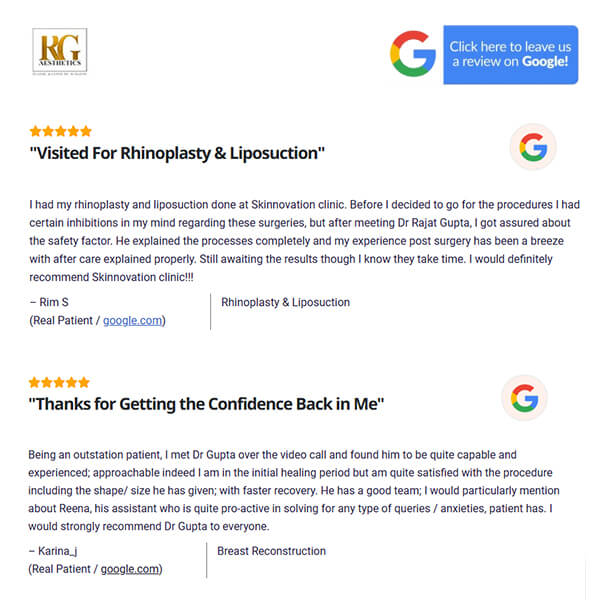Lymphatic Drainage Massages
Importance of Lymphatic Drainage Massages Post-Body Contouring Surgery
After undergoing body-contouring surgery, such as liposuction or a tummy tuck, taking care of your body doesn’t end when you leave the operating room. Recovery involves several steps to ensure you achieve the best results possible. One essential step is lymphatic drainage massage, a technique that can significantly enhance your healing process and help shape your new contours.
Let’s explore how this specialized massage plays a critical role in your recovery journey.
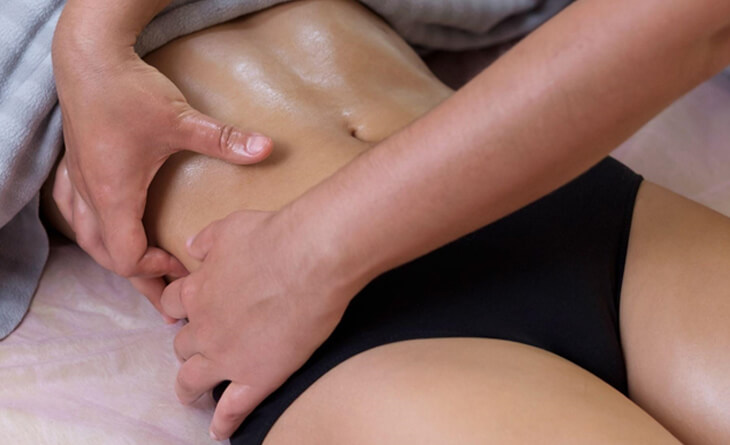
What is a Lymphatic Drainage Massage?
Lymphatic drainage is a gentle massage technique designed to stimulate the flow of lymph, a fluid that transports waste products away from tissues and back toward the heart. After surgery, these pathways can become congested due to swelling and changes in the body’s tissues, and can disrupt the flow, resulting in fluid accumulation.
A Lymphatic Drainage Massage Helps To
- Reduce swelling by encouraging the removal of bodily fluids that accumulate post-surgery.
- Prevent the formation of seromas (fluid-filled lumps that can occur after surgery).
- Speed up the healing process by enhancing circulation and detoxification.
Don’t take biggest decision of life
Without getting complete information!
Benefits of Lymphatic Drainage After Surgery
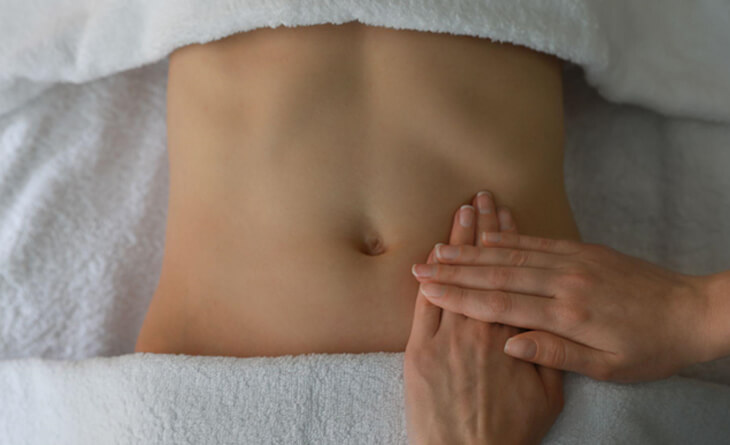
- Faster Recovery: Patients who undergo lymphatic massages report quicker recovery times, as the massage helps to reduce pain and swelling.
- Reduced Swelling and Bruising: These massages decrease the severity and duration of swelling and bruising by promoting the flow of lymph.
- Enhanced Comfort and Relaxation: The gentle, soothing movements of lymphatic massage can greatly enhance comfort during your recovery.
Why It’s Recommended After Body Contouring?
Dr. Rajat Gupta recommends lymphatic drainage massages post-surgery because they:
- Improve the aesthetic outcome by helping your body adjust to its new shapes and contours more smoothly and swiftly.
- Decrease the risk of postoperative complications, such as lymphedema (swelling associated with the removal of or damage to lymph nodes).
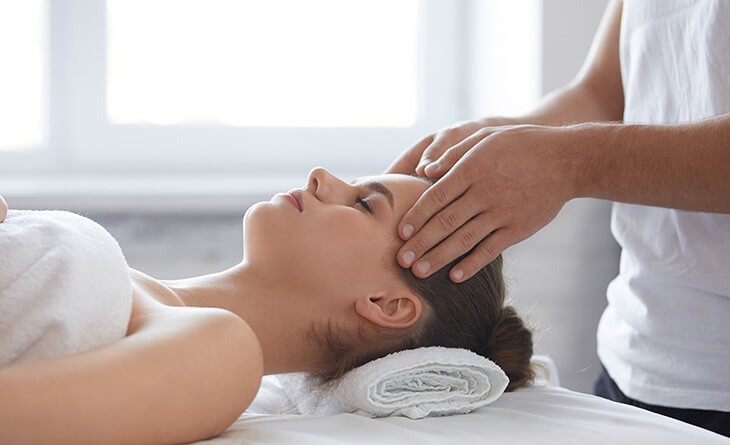
How to Perform Lymphatic Drainage Massage?
This massage should ideally be performed by a professional therapist who specializes in post-operative lymphatic drainage. Here’s what you need to know about lymphatic drainage massages to make an informed decision.
- Frequency and Duration: You can begin your sessions within a few days of surgery, or as recommended by your surgeon, and depending on your recovery rate, typically continue for 3-6 weeks.
- Technique: The therapist stimulates the lymphatic system by using light pressure and rhythmic circular movements, promoting fluid movement.
Choosing the Right Therapist
Choosing a qualified lymphatic massage therapist is very important to get the desired results. Ensure that your therapist:
- Is certified in lymphatic drainage massage
- Has experience with post-surgical lymphatic massage
- Comes highly recommended by previous patients or certified healthcare professionals
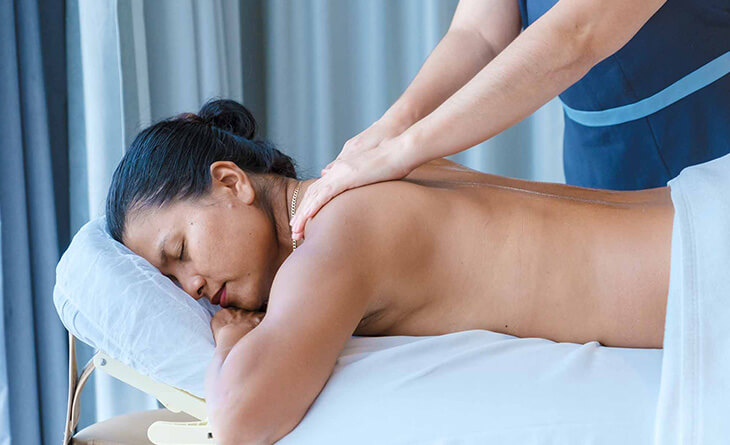
Patient Testimonials
Hear from some of our patients:
“After my liposuction, I started lymphatic drainage massages as advised by Dr. Gupta. The swelling and pain significantly reduced after just a few sessions. It was remarkable!” – Sunita Kushwaha.
“The massages helped me relax and recover faster than I anticipated. I felt better after each session.” – Michael Drake.
The Take Away
Lymphatic drainage massages are a vital part of the recovery process after body contouring surgeries. They not only help to minimize swelling and discomfort but also promote faster healing and better overall results. For more information or to book a consultation, please contact our office.
Make an Informed Decision
Ready to enhance your recovery and results? Book a consultation with Dr. Rajat Gupta today or learn more about our post-operative care options.
FAQs
The frequency of the massages can vary based on individual recovery needs and the specific type of surgery undergone. Typically, it is recommended to have massages 2-3 times per week for the first few weeks post-surgery to maximize the benefits of reduced swelling and quicker healing.
While professional therapy is recommended for the best results, some techniques can be safely performed at home to supplement professional treatments. Dr. Gupta or your lymphatic massage therapist can teach you gentle manual movements to help continue improving lymph flow at home.
During a session, you can expect a gentle, non-invasive massage. The therapist uses light pressure and rhythmic strokes to promote lymph movement. The goal is to direct excess lymph fluid towards healthy lymph nodes, where it can be processed. Sessions typically last 30 to 60 minutes, and patients often report feelings of relaxation and warmth due to the improved circulation.
You can start as soon as your doctor gives you the go-ahead, usually within 1-3 days after surgery.
When performed by a certified professional, the risks are minimal. However, it’s important to follow your surgeon’s advice and go to a recommended therapist.
Some signs that the massage is effective include reduced swelling and bruising, less tightness and discomfort in the treated areas, and a general feeling of lightness and increased mobility. These improvements typically begin to appear after the first few sessions.
While lymphatic drainage massages primarily focus on reducing swelling and improving lymph flow, they can also help soften scar tissue over time. This can be particularly beneficial in improving the flexibility and appearance of the skin around surgical sites.
Lymphatic drainage massage is safe for most people following surgery; however, it should be avoided by those with active infections, congestive heart failure, or blood clots. Always consult with your healthcare provider before starting any new treatment post-surgery to ensure it is safe for you.
Knowledge Centre
For Patient Education







